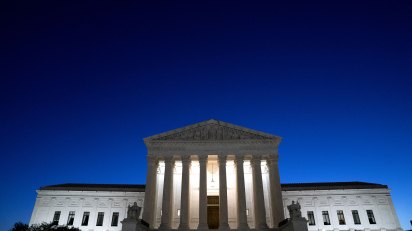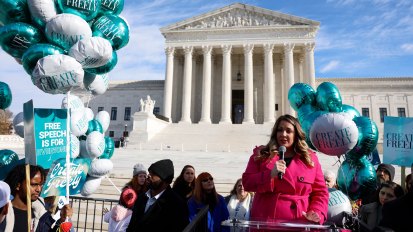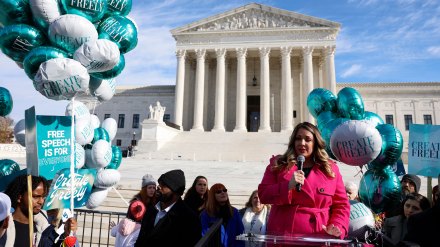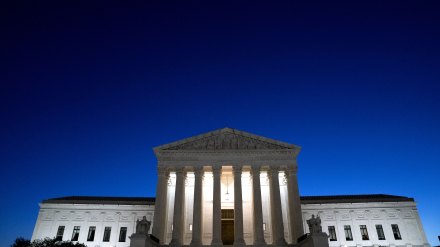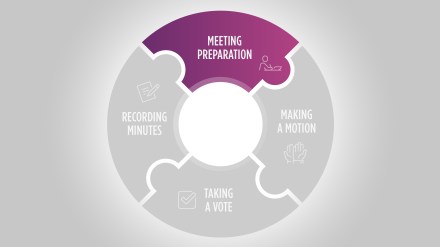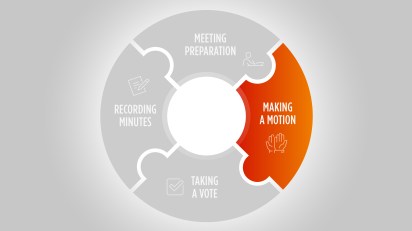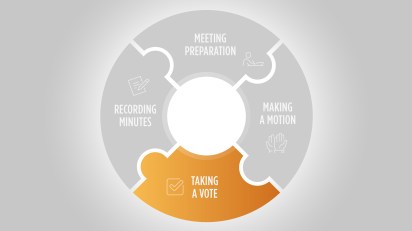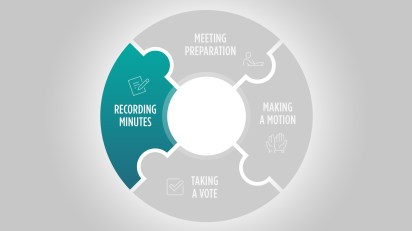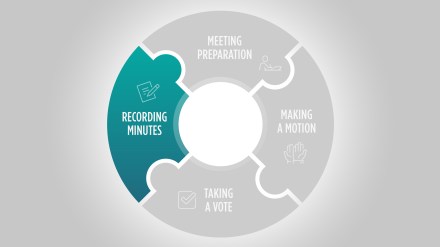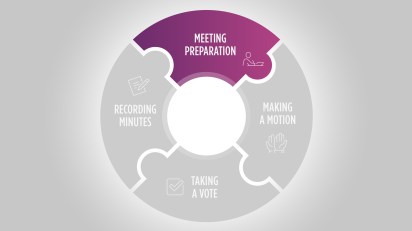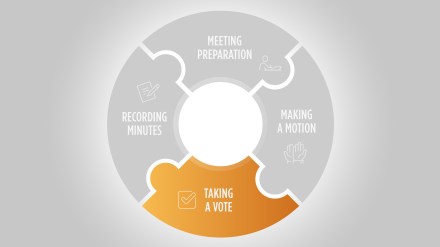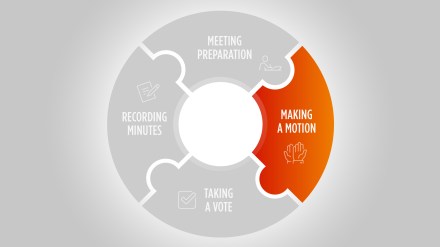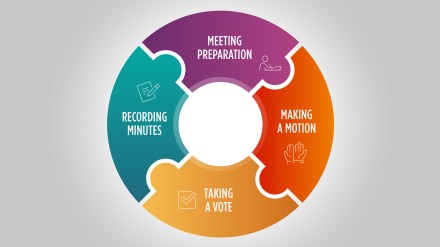Wheaton, Illinois-based Wheaton Bible Church is working to ensure all 114 pastors and employees feel valued and appreciated as it seeks to serve others.
As executive pastor of administration, I’m responsible for setting staff salary and benefit plans that help achieve that goal.
Toward that end, Wheaton Bible Church’s philosophy spells out how the church will attract, retain, motivate, and reward the most qualified people it can find while also encouraging those same people to grow in their ministry careers.
Follow CPA Elaine Sommerville’s four-step process for determining salaries
The compensation practice strives to be consistent with generally accepted biblical truths and practices.
To do this, the church sets salaries based on position classifications, which in turn are set based on job responsibilities, then compares those salaries to other, comparable evangelical churches each year.
Scott Landon shares a few helpful tips with Church Law & Tax’s Matt Branaugh related to setting church compensation:
Staying competitive
The church’s goal is to remain competitive and, in the past two years, Wheaton Bible has been able to:
- Give each employee a raise.
- Give most employees a bonus in February 2022 and February 2023.
- Give every employee a Christmas gift in December.
- Provide each benefit-eligible employee an additional holiday in December 2022 and an additional holiday on July 3, 2023.
- Maintain health care premium costs in 2022 and for two of our three health insurance plan options in 2023, and kept dental premium costs flat in both 2022 and 2023 for singles and couples, with just a $5 per month increase for family coverage.
Other “wins” include:
- Increasing anniversary gift awards at the 5-year intervals.
- Providing additional vacation days for 10-14 years of service.
- Approving a long-term service retirement gift policy.
But, beyond all that, Wheaton Bible also offers other benefits to full-time employees, including:
- Remote work one day per week.
- Flexible schedules to allow better work-life balance.
- Paid time-off for holidays, vacation, personal, and sick days.
- Discounts at preschool and ministry events.
- Health care and dental insurance. On average the church pays 80 percent of the premiums.
- A Health Savings Account and Flexible Spending Account that allow the cost of medical and dependent care to be minimized through tax-free dollars.
- The church contributes five percent of employee compensation and matches up to another two percent into a 403b account.
- The church pays half of a full-time employee’s Social Security insurance and 100 percent of the cost of life, long-term disability, and workers’ compensation insurance.
Wheaton Bible Church: Shepherding the shepherds
In addition, Wheaton Bible’s board established a long-term service retirement gift policy, and a shepherding program whereby elders are assigned three staff members to care for on a quarterly basis.
The church also celebrates full- and part-time employees with benefits upon achieving five-year milestones by offering monetary bonuses and an additional day of paid time off (PTO) per five-year milestone. For a 15-year employee, that translates into a financial gift plus three additional days of PTO during the anniversary year.
Bonuses
Wheaton Bible has expanded bonus pools to all full-time employees and several part-time employees, along with a letter of appreciation for their work that includes a compensation and benefits summary reflecting the church’s investment in them.
Weekly prayer meetings
The church’s senior pastor doubled weekly staff prayer meetings to 60 minutes and includes singing and readings from the Psalms with time for individual reflection.
These meetings also include a time of prayer as tables come together to share ministry and personal needs, along with those offered from the congregation. Table assignments change every two months. A 15-minute time for fellowship and snacks follows each prayer meeting.
Monthly staff lunches
Monthly staff lunches offer individual staff members a chance to share their spiritual journeys. They’re also a good time to provide updates on church matters. Meanwhile, pastors meet monthly to read and discuss a specific book as part of an overall investment in theological growth.
The senior pastor is also engaging employees through lunch meetings with each ministry area. This is a time to ask questions, check-in, and receive input.










